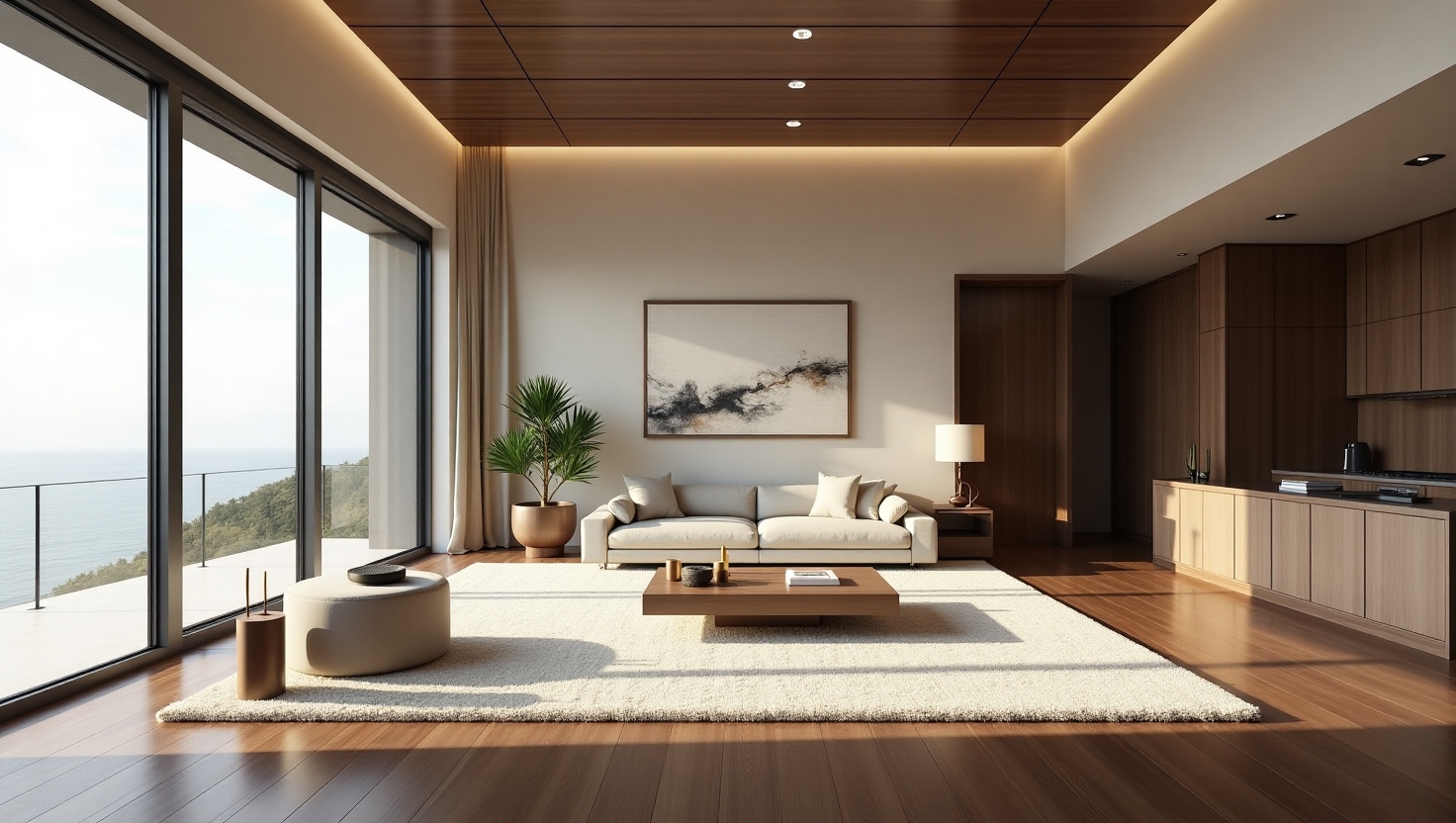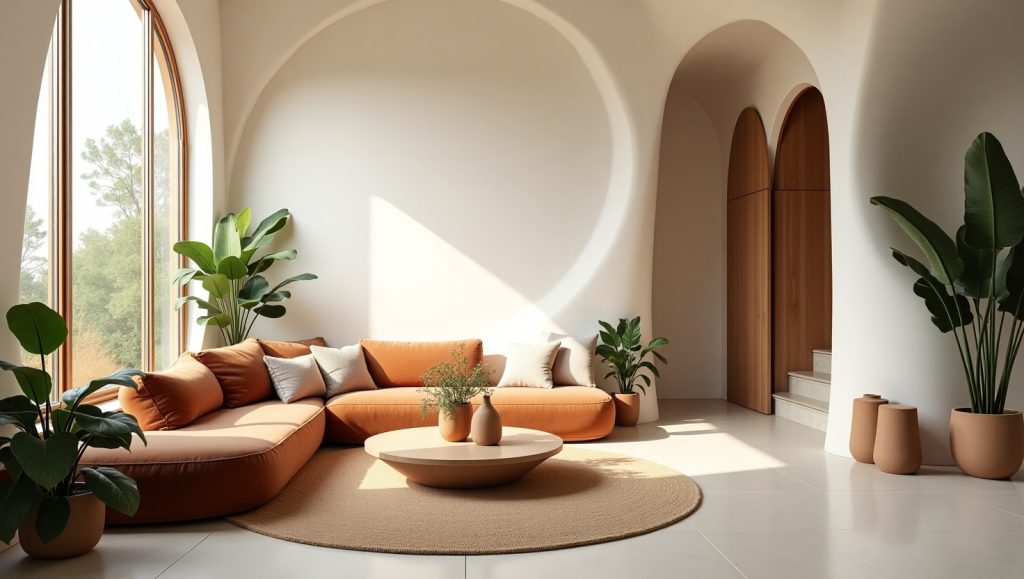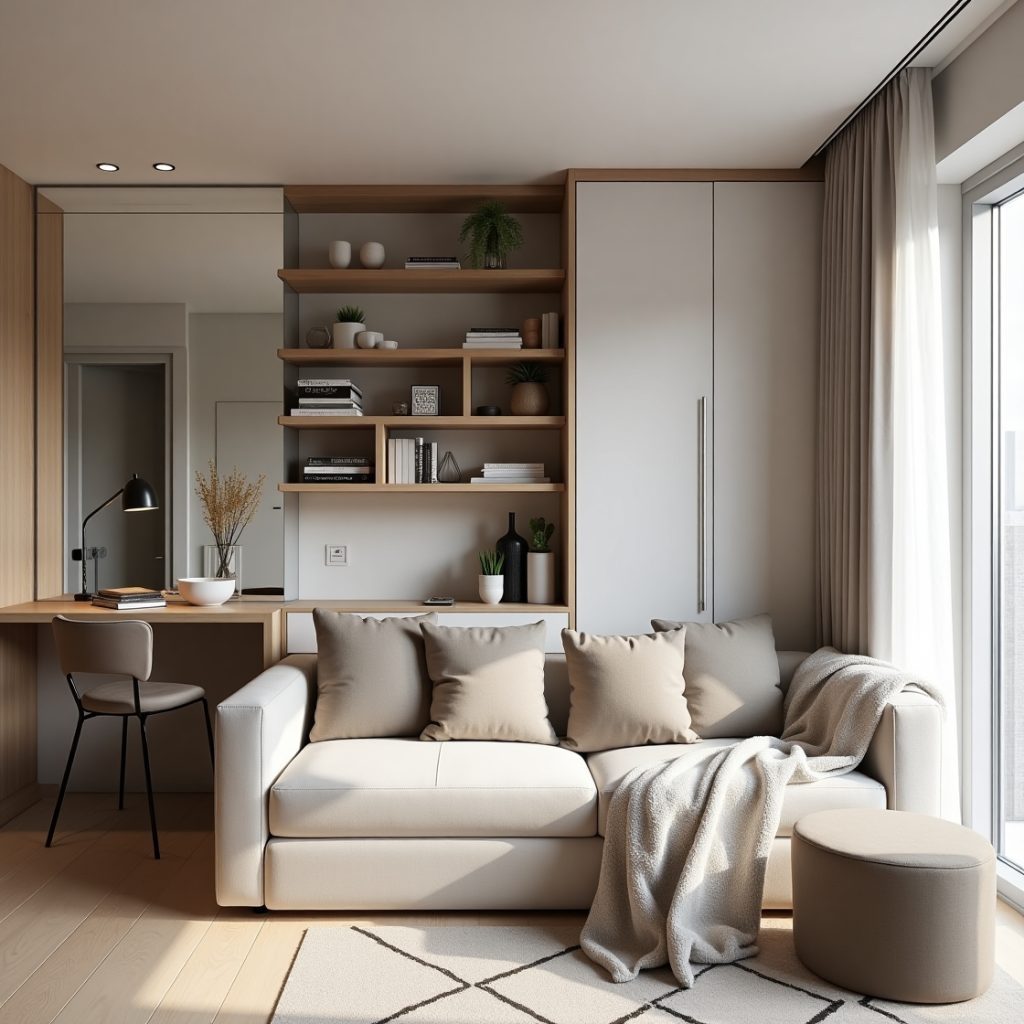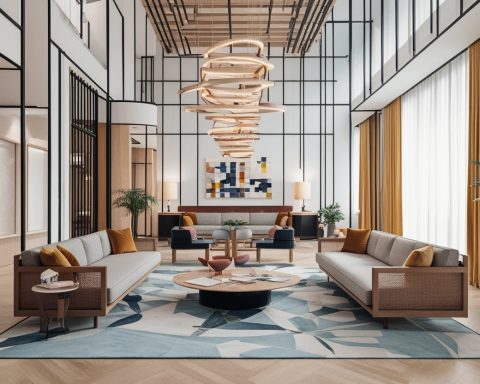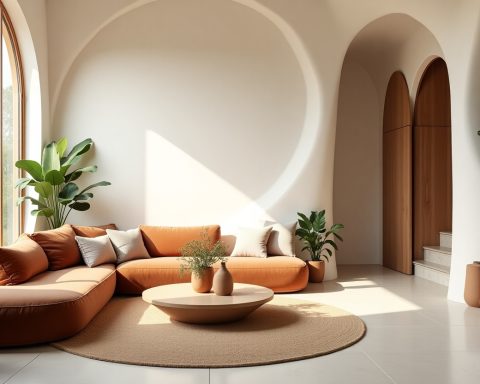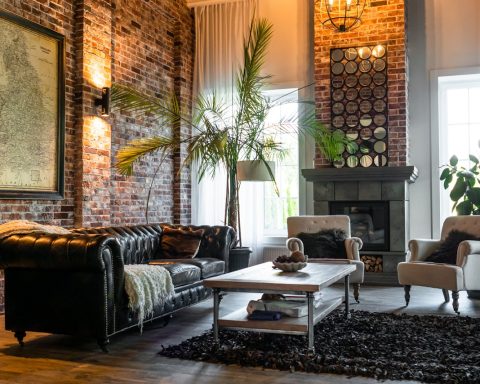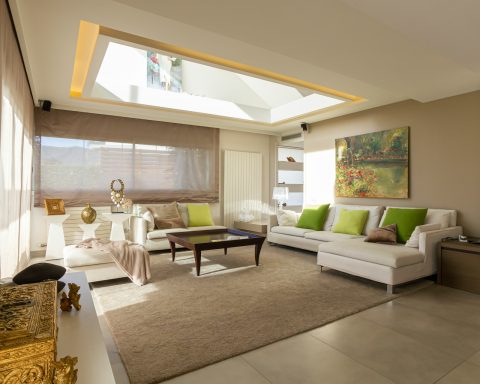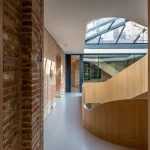In the world of spatial aesthetics and functionality, Interior Architecture and Interior Design often appear interchangeable. However, they represent two distinct disciplines, each with its own scope, methodology, and impact on the built environment. As professionals in the field, we understand the importance of delineating the two and guiding our clients toward the right expertise for their needs.
What Is Interior Architecture?
Interior Architecture is the fusion of architecture and interior space planning. It focuses on the structural and spatial elements of interior environments, encompassing everything from load-bearing walls to mechanical systems and building codes. Interior architects are trained to work on reconfiguring interior layouts, often in collaboration with engineers and building contractors.
Core Responsibilities of an Interior Architect
- Structural Renovations: Modifying floor plans, removing or adding walls, and reinforcing structures.
- Code Compliance: Ensuring designs adhere to local building regulations, accessibility standards, and fire safety laws.
- Technical Drawings: Creating blueprints and construction documents that guide builders and contractors.
- Integration of Systems: Planning for HVAC, plumbing, and electrical systems during spatial transformation.
- Sustainability Practices: Employing green building standards like LEED certification to enhance environmental performance.
Interior Architecture is about more than beauty—it’s about functional transformation from the inside out.
What Is Interior Design?
Interior Design emphasizes the artistic and decorative aspects of a space. Designers work with clients to elevate spaces through thoughtful selection of colors, furniture, materials, textures, and lighting. The goal is to create emotionally resonant environments that align with a client’s aesthetic and functional needs.
Core Responsibilities of an Interior Designer
- Space Planning: Arranging furniture and fixtures for optimal flow and utility.
- Material Selection: Choosing fabrics, flooring, paint, and finishes to create cohesive themes.
- Color Theory & Psychology: Leveraging the power of color to evoke desired moods.
- Lighting Design: Balancing natural and artificial light for ambiance and function.
- Styling & Staging: Adding finishing touches such as art, rugs, and accessories to complete the look.
Interior Design transforms spaces that are already built into visually compelling environments that reflect the users’ personality and needs.
Educational and Professional Differences
Interior Architecture Education
Interior architects often possess a Bachelor’s or Master’s degree in Architecture or Interior Architecture, followed by licensure exams like the NCARB’s Architect Registration Examination (ARE). They must understand:
- Structural Engineering
- Mechanical Systems
- Building Science
- Computer-Aided Design (CAD) & BIM
- Construction Methods
Interior Design Education
Interior designers typically earn degrees in Interior Design, with coursework that includes:
- Color Theory
- Furniture Design
- Lighting Techniques
- History of Interior Styles
- Sketching & Rendering
They may also pursue certification from bodies such as NCIDQ (National Council for Interior Design Qualification).
Key Differences Between Interior Architecture and Interior Design
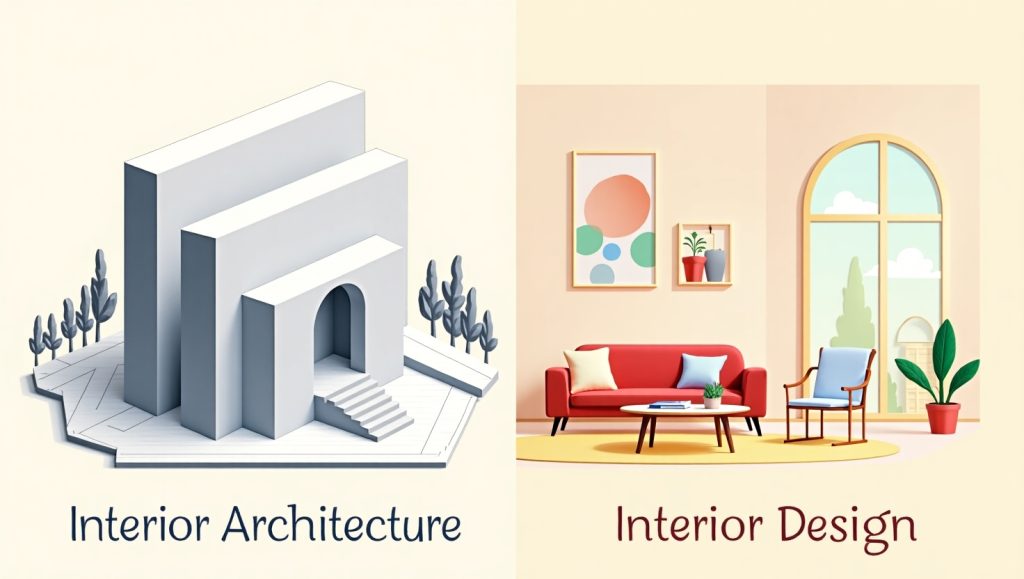
| Aspect | Interior Architecture | Interior Design |
|---|---|---|
| Primary Focus | Structural and spatial transformation | Aesthetic and functional decoration |
| Typical Projects | Adaptive reuse, renovations, commercial build-outs | Residential decor, office interiors, hospitality spaces |
| Tools Used | AutoCAD, Revit, BIM, structural analysis tools | SketchUp, Photoshop, 3D Max, mood boards |
| Collaboration With | Engineers, contractors, code inspectors | Clients, decorators, suppliers |
| Licensing Required | Yes (in many jurisdictions) | Often optional but recommended |
When to Hire an Interior Architect
Hiring an interior architect is essential when the structural layout of a space needs to change. This includes:
- Converting a commercial space into residential units
- Removing or adding walls for new room configurations
- Restoring historic buildings with structural upgrades
- Designing interiors for new builds
In these scenarios, an interior architect ensures the space is safe, code-compliant, and optimized for use.
When to Hire an Interior Designer
If the space is already built and only needs visual and functional enhancements, an interior designer is your go-to expert. Choose one when:
- You’re remodeling your living room or bedroom
- You want to modernize your office layout and decor
- You’re furnishing a rental or home for staging
- You’re customizing lighting, curtains, and wall colors
Interior designers bring out the character, mood, and style of a room.
The Overlap: When Both Are Needed
Large-scale projects often require a collaborative approach. For instance, a hotel renovation may call for:
- An interior architect to redesign the lobby structure and guest room layouts.
- An interior designer to curate furniture, fabrics, and lighting that match the brand identity.
Together, they deliver both the foundation and the flourish.
The Rise of Hybrid Professionals
In recent years, many professionals straddle both roles. Some interior designers gain technical training to work on structural projects, while some architects pursue interior design certifications to handle both ends of the spectrum. This hybrid skill set is in high demand, especially in boutique residential projects and luxury commercial spaces.
Making the Right Choice for Your Project
The choice between an interior architect and interior designer boils down to the complexity of your project. If you’re altering how a space functions, involves permits, or need structural insights, hire an interior architect. If you want to make an existing space more beautiful, livable, or representative of your brand or personality, work with an interior designer.
To get the best results, define your goals clearly and consult professionals early. Many projects benefit from input from both fields.
Conclusion
Understanding the real difference between Interior Architecture and Interior Design empowers you to make informed decisions for your space. Whether you’re dreaming of a full renovation or a stunning redecoration, the right specialist ensures your vision becomes a reality. Each discipline brings unique strengths to the table, and together, they shape the environments we live, work, and thrive in.
